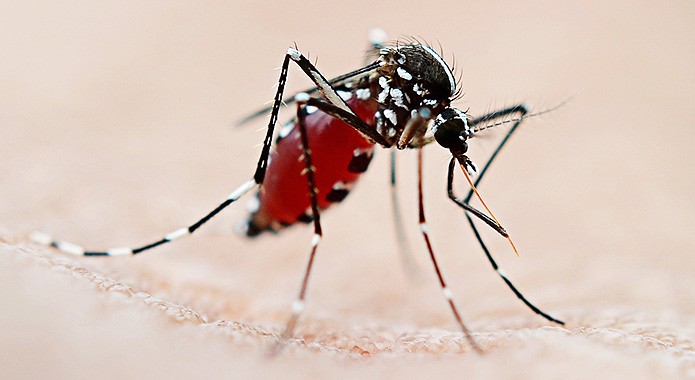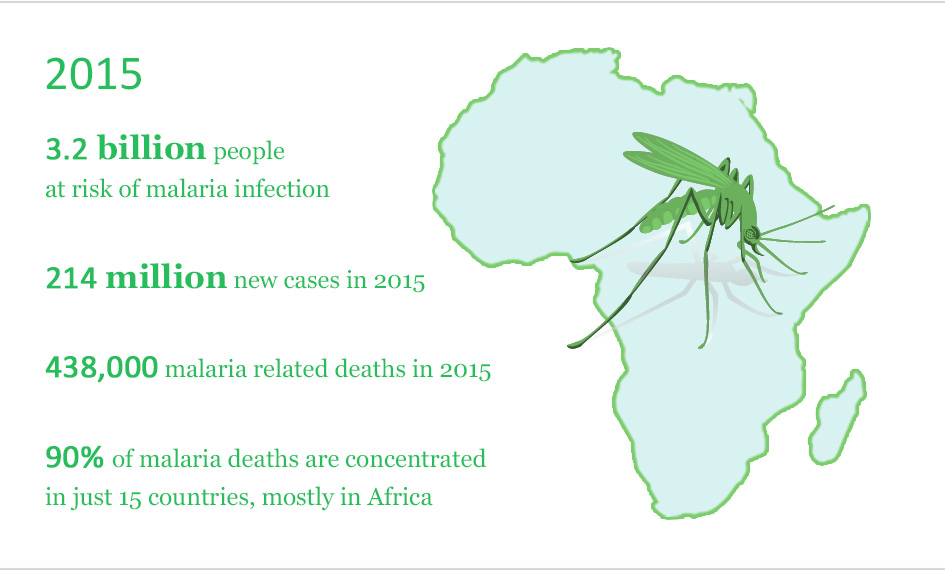Malaria, a mosquito-borne infectious disease caused by parasitic organisms, has been known to humanity for more than 2,500 years. Extensive work done in the late 1800s by Sir Ronald Ross proved that the mosquito was the vector for malaria transmission in humans. It is commonly transmitted in humans by an infected Anopheles mosquito.
There are six species of protozoans (single-celled microorganisms) belonging to the genus plasmodium that are known to cause malaria in humans and other primates. These are plasmodium falciparum, plasmodium vivax, plasmodium ovale (two species), plasmodium malariae and plasmodium knowlesi. Severe forms of malaria are caused by P.falciparum, which if it remains undiagnosed and untreated, may prove fatal.
Plasmodium knowlesi is a primate malarial parasite that causes malaria in long-tailed macaques (a type of monkey), but can also cause malaria in humans. Long-tailed macaques are commonly found in Southeast Asia, where this strain of malaria was first identified in the early 1930s by Dr. Robert Knowles and subsequently named after him as plasmodium knowlesi (P.knowlesi).
While transmission and infection of P.knowlesi has occurred predominantly in animals, over the years an increasing number of human infections—including some fatalities—has been reported in Malaysia, Thailand, Vietnam, Philippines and the rest of Southeast Asia. The transmission intensity of the parasite is sustained by the macaque populations and relative human host densities. With current deforestation, environmental changes and increased human population, there has been a change in the macaque host and parasitic mosquito’s dynamics, which has led to the adaptive host switching to humans.2
The P.knowlesi parasite has a replication blood stage cycle of 24 hours. This rapid replication rate results in high levels of parasitemina in the patient causing rapid clinical deterioration and in 7 percent of cases, it becomes life-threatening caused by multiple organ failure.3
Only molecular detection and characterization tests are effective for diagnosing P.knowlesi infections.
The P.knowlesi parasite is somewhat similar to the P. Malariae and microscopic examination often results in a wrong diagnosis, leading to delayed or inappropriate treatment regimes. Currently, only molecular detection and characterization tests are effective for diagnosing P.knowlesi infections. However, these tests are time-consuming and resource- and cost-intensive.
A rapid diagnostic test for P.knowlesi is urgently needed for prompt medical treatment. With increased globalisation, fast replication, changing environmental conditions, an increase in the human population and limited diagnostic tools, there is an increasing threat that this malarial infection could take a more severe form and spread rapidly across the world.






